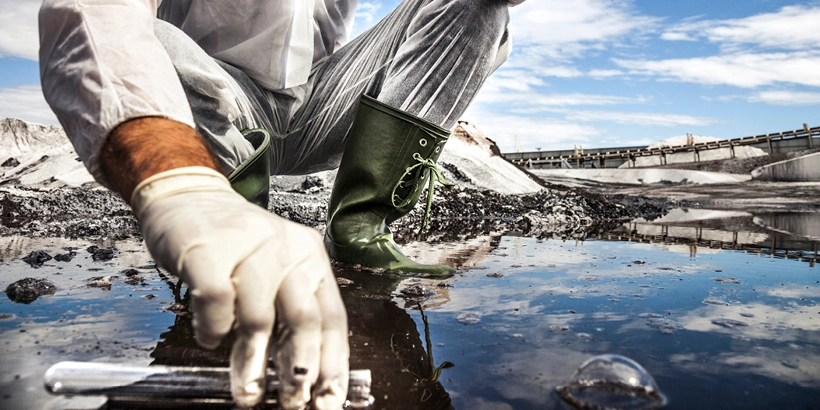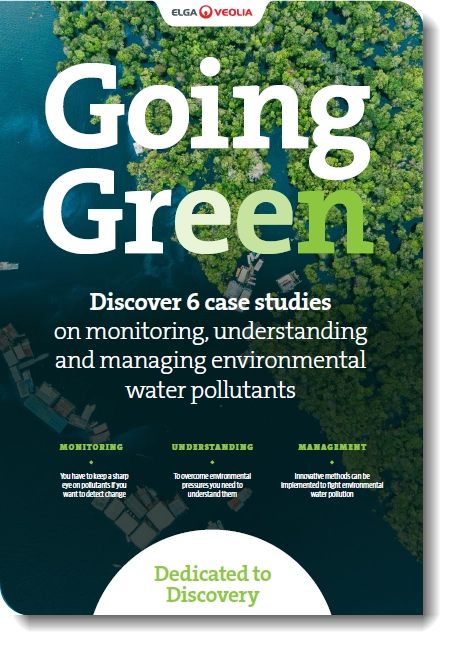
Going Green: Are Lab Water Impurities Compromising Your Research?

Discover 6 case studies on monitoring, understanding, and managing environmental water pollutants and the need for high-quality lab water for research.
In our Going Green Whitepaper, discover six exciting research projects that are helping us to understand and reduce environmental water contaminants. We discuss the consequences of environmental water contaminants, including how sources of water contaminants can be monitored, understood and managed, and the need for ultrapure water to study this. You will learn about environmental pressures on water quality and how to implement water contaminants solutions in your lab. What’s inside? Beware of water contaminants. Be one of the sustainable labs of the future.

DOWNLOAD THIS FREE WHITEPAPER TO LEARN MORE

Become a member and enjoy exclusive benefits
Create an account now for exclusive benefits, personalized recommendations, and seamless order tracking. Elevate your lab experience today!